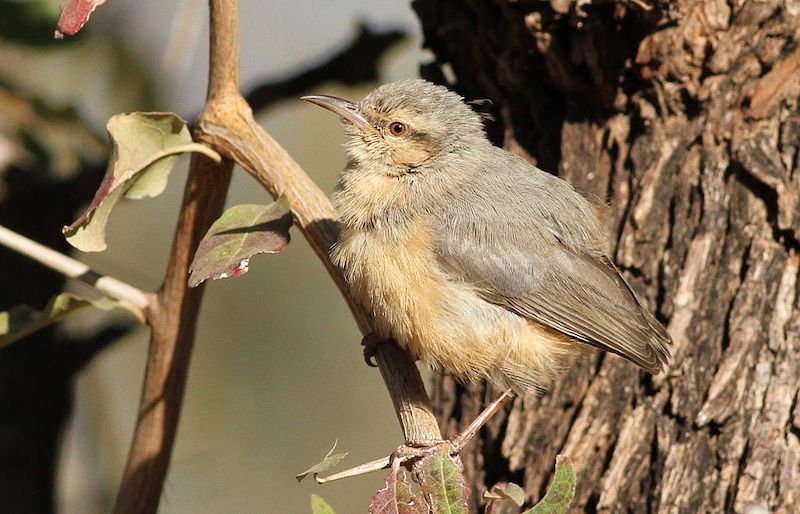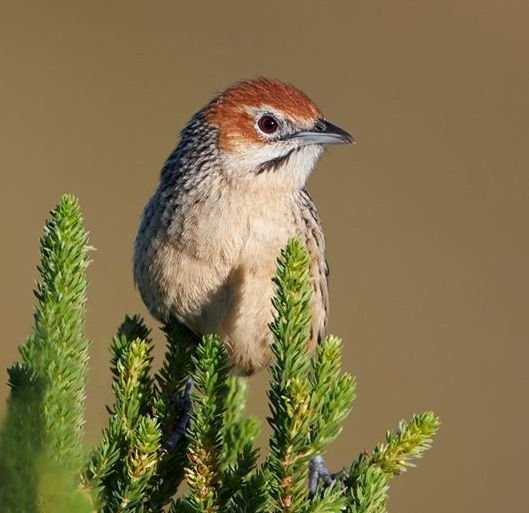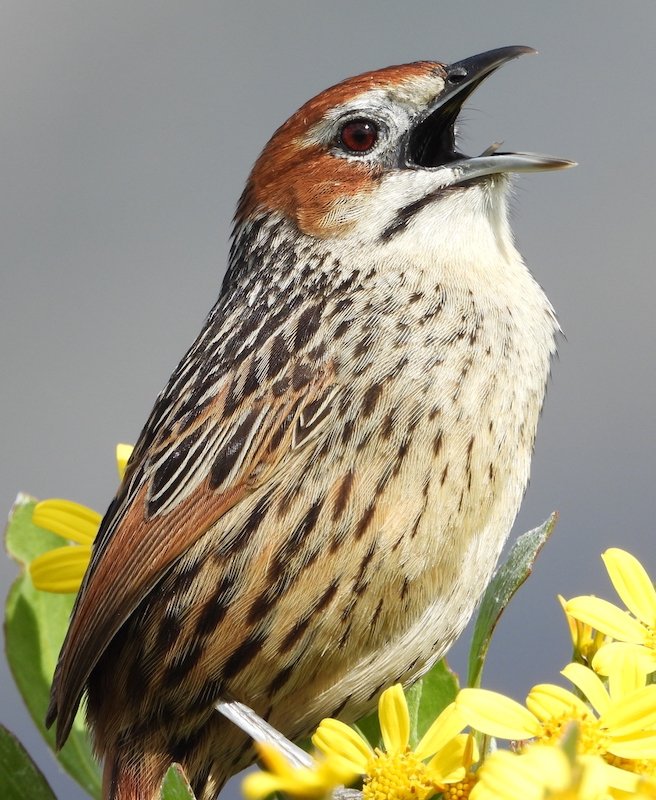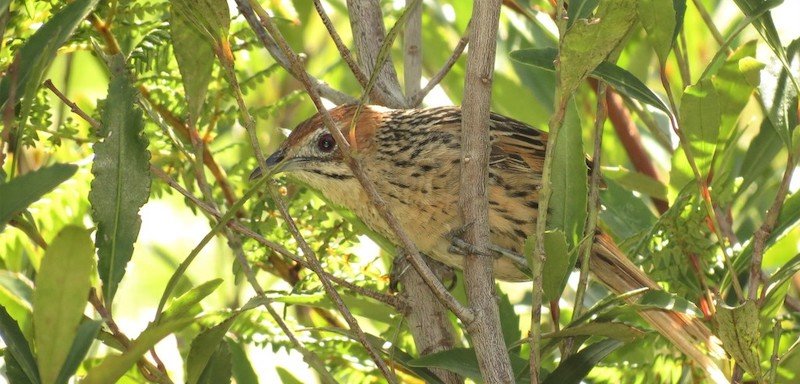Grumpy Warblers
"Cape Grassbird" by thibaudaronson, CC BY-SA 4.0, via iNaturalist
Macrosphenidae
by Inspector Barry Mins on October 31, 2023Hey kids, welcome back to our series on the mysteries of created kinds.

This week, we move into Africa to look for a small family of songbirds.
Members of this kind are found throughout sub-Saharan Africa. They are songbirds, and species within the kind can be distinguished from each other by their song where they come into contact.1 They eat a wide variety of insects in a variety of African habitats.
These birds are unique in many ways! Unlike humans, where female chromosomes are XX and male chromosomes are XY, male birds are ZZ and female birds are ZW. And, in this kind, at least one species has pieces of other chromosomes that have moved into the sex chromosomes,2 which determine gender, and this makes certain traits more likely if they are male or female.
Has anyone figured it out yet? This week’s kind is the Macrosphenidae—the African warbler kind. And if you look at some of the pictures in this article, you can see why I called them grumpy last week! Stay tuned for next week when we meet a colorful group of Central and South American birds.
Try out this fun Word Search!
Clue
Your clue for the week is:
Members of this kind often breed in special systems called leks, where males display for female attention.
Ask a Question
Have you ever had a question about created kinds but didn’t know who to ask? Have you ever wanted to learn more about your favorite kind? Well, now you can! You can ask me, Inspector Barry Mins, a question! Have your parents help you fill out this form, and you might get your question answered in my column! If you have any questions about created kinds, feel free to send them my way!
Footnotes
- Michael P. Irwin, “The Relationships of the Crombecs Sylvietta ruficapilla Bocage and Sylvietta whytii Shelley,” Meft 3/4, no. 19 (1968): 249–256. https://zoologicalbulletin.de/BzB_Volumes/Volume_19_3_4/249_256_BZB19_3_4_Irwin_MichaelPStuart.PDF.
- Hanna Sigeman, Hongkai Zhang, Salwan Ali Abed, and Bengt Hansson, “A Novel Neo-Sex Chromosome in Sylvietta brachyura (Macrosphenidae) Adds to the Extraordinary Avian Sex Chromosome Diversity Among Sylvioidea Songbirds,” Journal of Evolutionary Biology 35, (2022): 1797–1805, https://onlinelibrary.wiley.com/doi/pdf/10.1111/jeb.14096
- © 2024 Answers in Genesis
- Privacy Policy
- Contact
- About




